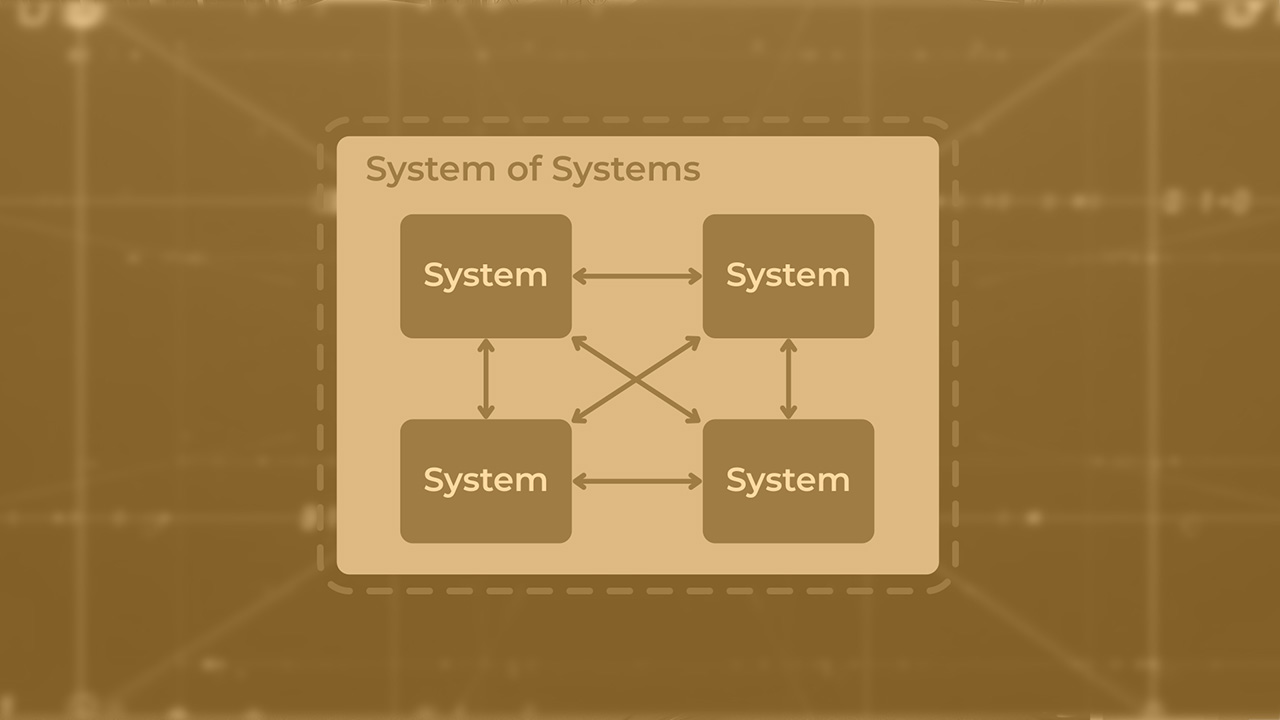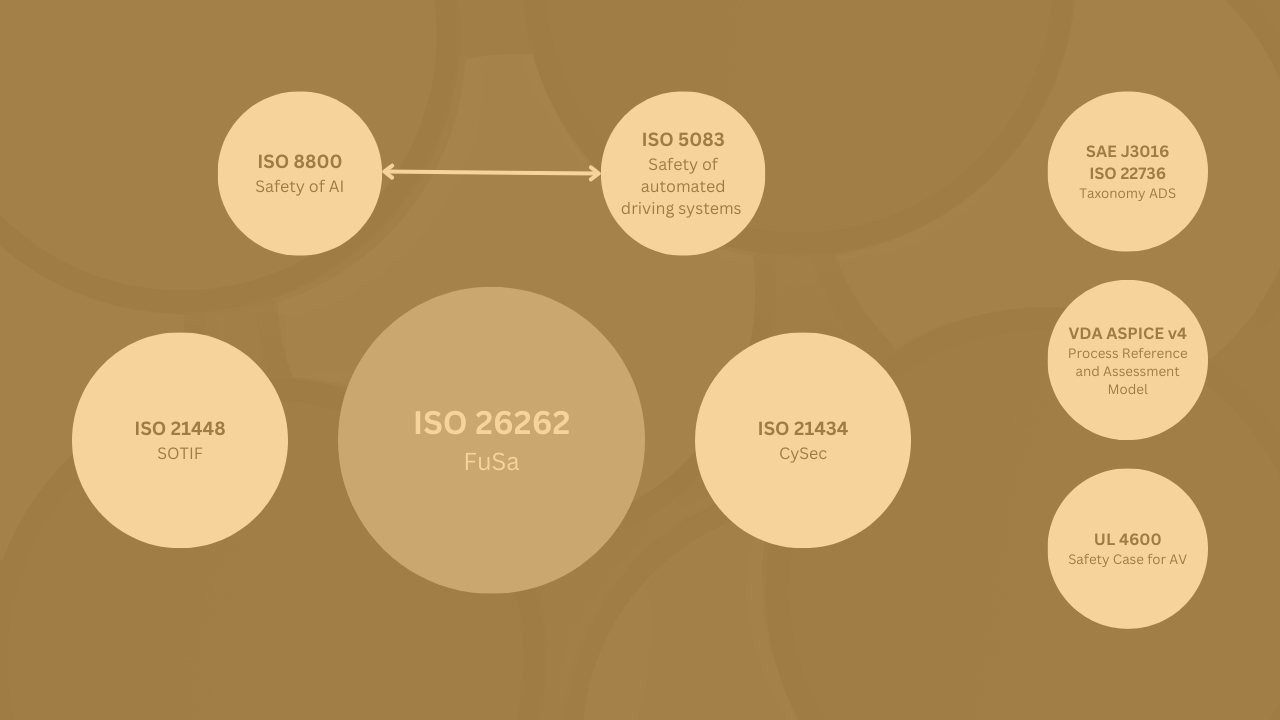Learn how to test and validate your functional safety design and how to create a convincing safety case.
In this course, you will be given in-depth considerations of test procedures, test methodology, verification and validation processes, and assessments with regard to the design of safety-related systems. Verification and validation are deemed essential from the standpoint of communication, legal approval, and product placement, so these aspects are attended to in detail. In the practical part of the course, you will be able to create a test plan for the safety-relevant area and coordinate it with the overall project management plan. You will gain detailed knowledge of test selection procedures and available methods of automated test design. Safety requirements will be expressed in models with an adequate selection of tools and methods to adapt a test process to the conditions of a safety-critical project/product.
Course topics:
- Basics of Testing (Verification, Validation, Test, Quality Control vs Quality Assurance, Static Tests vs Dynamic Tests, Black-Box-Test vs White-Box-Test);
- Lifecycle Testing (Component and Integration Tests, System, Acceptance and Site-Acceptance Test, Operation-Tests during the Maintenance Phase);
- Test Management (Test planning, Test-Strategy (prioritization, criteria, intensity, etc.), concept and test environment, organization, Development of a test specification, Development of test-cases, Metric data);
- Test methods (e.g. Regression Tests);
- Test reporting;
- Test tools;
- Testing in accordance with safety standards;
- Testing in the safety-related area;
- Test automation.
Requirements
Software: Chrome browser.
Hardware: Computer with an Internet connection, working speakers, and microphone.
Prior knowledge: Students should have basic knowledge of system safety and functional safety and its application to automotive engineering in the scope of ISO 26262. At the very least, courses “NIT-FSBA-01: Systems, Functions and Safety”, “NIT-FSBA-05: Functional Safety Standards in Automotive” and “NIT-FSEA-01: Functional Safety Design in Automotive” should have been completed beforehand.






